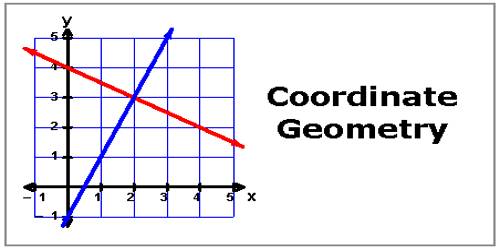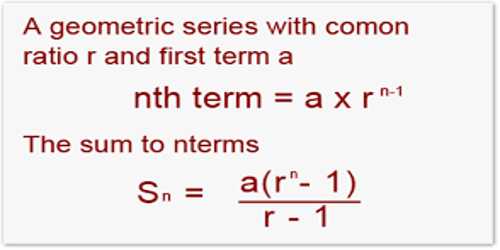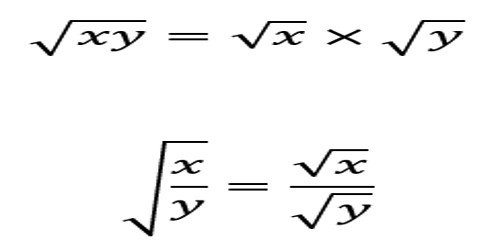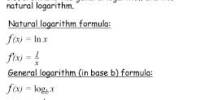Straight Line in Co-Ordinate Geometry
A line is simply an object in geometry that is characterized as a straight, thin, one-dimensional, zero width object that extends on both sides to infinity. A straight line is essentially just a line with no curves.
Co-ordinates Geometry is a system of geometry where the position of points on the plane is described using an ordered pair of numbers. Straight lines in coordinate geometry are the same idea as in regular geometry, except that they are drawn on a coordinate plane and we can do more with them.
(i) The slope or gradient of a straight line is the trigonometric tangent of the angle θ which the line makes with the positive directive of the x-axis.
(ii) The slope of x-axis or of a line parallel to the x-axis is zero.
(iii) The slope of y-axis or of a line parallel to the y-axis is undefined.
(iv) The slope of the line joining the points (x1, y1) and (x2, y2) is
m = (y2 – y1)/(x2 – x1).
(v) The equation of x-axis is y = 0 and the equation of a line parallel to the x-axis is y = b.
(vi) The equation of y-axis is x = 0 and the equation of a line parallel to the y-axis is x = a.
(vii) The equation of a straight line in
(a) slope-intercept form: y = mx + c where m is the slope of the line and c is its y-intercept;
(b) point-slope form: y – y1 = m (x – x1) where m is the slope of the line and (x1, y1) is a given point on the line;
(c) symmetrical form: (x – x1)/cos θ = (y – y1)/sin θ = r, where θ is the inclination of the line, (x1, y1) is a given point on the line and r is the distance between the points (x, y) and (x1, y1);
(d) two-point form: (x – x1)/(x2 – x1) = (y – y1)/(y2 – y1) where (x1, y1) and (x2, y2) are two given points on the line;
(e) intercept form: x/a + y/b = 1 where a = x-intercept and b = y-intercept of the line;
(f) normal form: x cos α + y sin α = p where p is the perpendicular distance of the line from the origin and α is the angle which the perpendicular line makes with the positive direction of the x-axis.
(g) general form: ax + by + c = 0 where a, b, c are constants and a, b are not both zero.
(viii) The equation of any straight line through the intersection of the lines a1x + b1y + c1 = 0 and a2x + b2y + c2 = 0 is a1x + b1y + c + k(a2x + b2y + c2) = 0 (k ≠ 0).
(ix) If p ≠ 0, q ≠ 0, r ≠ 0 are constants then the lines a1x + b1y + c1 = 0, a2x + b2y + c2 = 0 and a3x + b3y + c3 = 0 are concurrent if P(a1x + b1y + c1) + q( a2x + b2y + c2) + r(a3x + b3y + c3) = 0.
(x) If θ be the angle between the lines y= m1x + c1 and y = m2x + c2 then tan θ = ± (m1 – m2 )/(1 + m1 m2);
(xi) The lines y= m1x + c1 and y = m2x + c2 are
(a) parallel to each other when m1 = m2;
(b) perpendicular to one another when m1 ∙ m2 = – 1.
(xii) The equation of any straight line which is
(a) parallel to the line ax + by + c = 0 is ax + by = k where k is an arbitrary constant;
(b) perpendicular to the line ax + by + c = 0 is bx – ay = k1 where k1 is an arbitrary constant.
(xiii) The straight lines a1x + b1y + c1 = 0 and a2x + b2y + c2 = 0 are identical if a1/a2 = b1/b2 = c1/c2.
(xiv) The points (x1, y1) and (x2, y2) lie on the same or opposite sides of the line ax + by + c = 0 according as (ax1 + by1 + c) and (ax2 + by2 + c) are of same sign or opposite signs.
(xv) Length of the perpendicular from the point (x1, y1) upon the line ax + by + c = 0 is|(ax1 + by1 + c)|/√(a2 + b2).
(xvi) The equations of the bisectors of the angles between the lines a1x + b1y + c1 = 0 and a2x + b2y + c2 =0 are
(a1x + b1y + c1)/√(a12 + b12) = ± (a2x + b2y + c2)/√(a22 + b22).
Information Source:
















